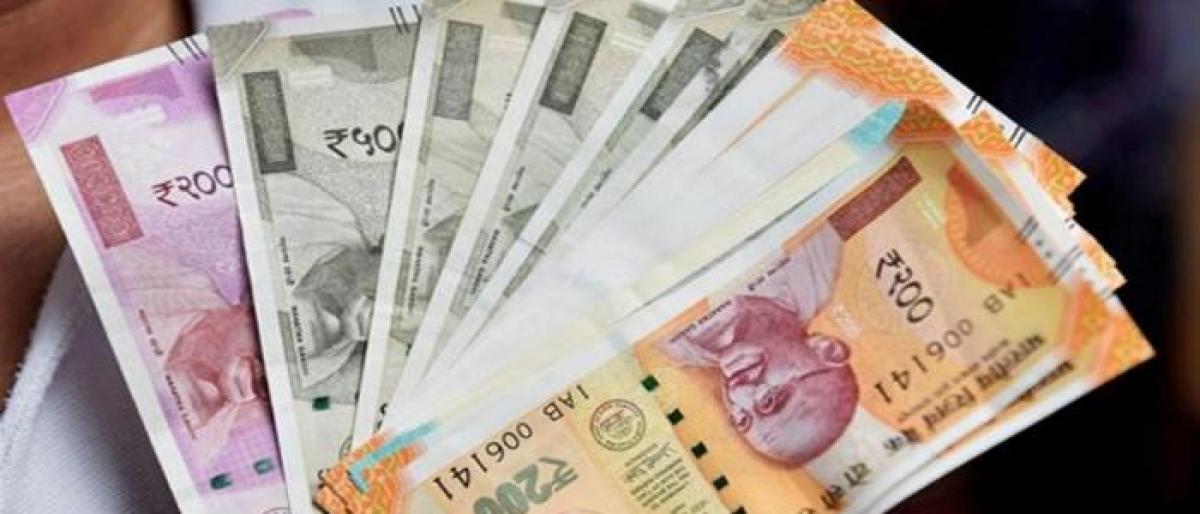Indian currency on slippery path

On Tuesday, rupee hit yet another record low of Rs 74.39 against the US dollar. The Indian currency breached Rs 74 mark on Monday and there are no immediate indications that the rupee depreciation will end anytime soon.
However, there are myriad reasons for the currency getting weakened with every passing day. With American economy getting stronger by day and clocking decent growth, the US currency is also strengthening against currencies from emerging economies like India.
As if that’s not enough, foreign investors are pulling out investments from India as a stronger US economy and dollar offer better option for them. On Monday alone, Foreign Institutional Investors (FIIs) sold shares worth a net of Rs 1,805 crore. They have been doing so for the past couple of months. Such continuous outflows obviously put pressure on rupee.
The other factor that has been taking a heavy toll on rupee is rising crude oil prices. India is heavily dependent on overseas crude oil and meets nearly 80 per cent of its consumption needs through imports. With rupee in downward spiral, rising crude oil price comes as a double whammy for the country. The impact of oil price on rupee can be gauged from the fact that rupee strengthened against dollar when crude price hit a multi-year low of $24.9 per dollar in January 2016. Since then, crude oil price went up by more than three-fold to $84 per barrel on Tuesday.
That means the country’s oil import bill saw similar three-fold jump during this period. As global brokerage firm Nomura said in its its recent report, Balance of Payments (BoP) turned negative, pushing currency into sharp depreciation. As consequence, rupee shed 13.4 per cent so far this year, thus becoming the worst performing Asian currency against the greenback.
Despite such a huge drop in currency value, Indian economy did not go the way those of Turkey and Argentina which also faced currency crisis in recent times. For that, India should thank its overseas community. The country received $69 billion in overseas remittances last year and that’s equal to nearly three per cent of the GDP. “Remittances from abroad are a vital - yet often under-appreciated - source of funding for India,” Shilan Shah, Senior India economist at Singapore-based Capital Economics, said in a research note. Without such inflows, the country’s fiscal deficit would have gone up significantly, resulting in more pain for rupee, forex reserves and the economy.
But India can’t run its economic show depending on remittances and increase in revenues that companies with focus on exports, will clock whenever rupee goes into a tailspin. Cheaper rupee is always bad as talent from India will flow out, leaving the country perennially poor. Experts are of the view that rupee will soon breach Rs 75 mark against dollar before racing towards Rs 80 mark. That will inflict more pain on the economy. Though fall in oil prices may prop up the currency, that will be transient in nature. The government should initiate measures to increase exports and reduce imports. That’s the only long-term solution for strengthening the rupee.

